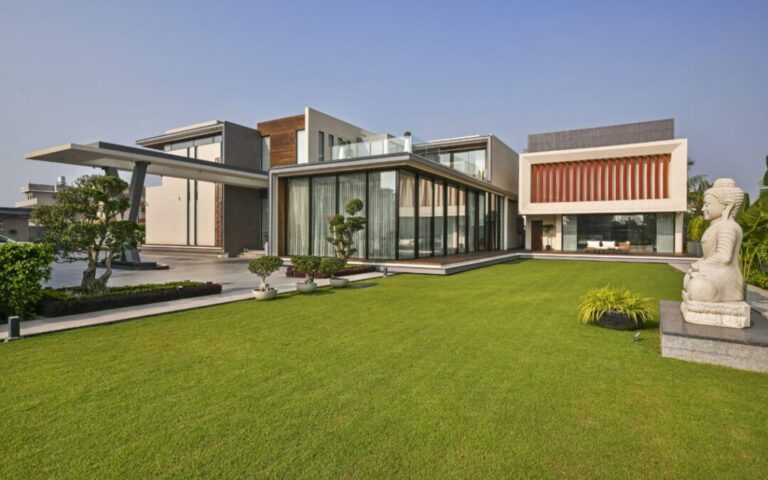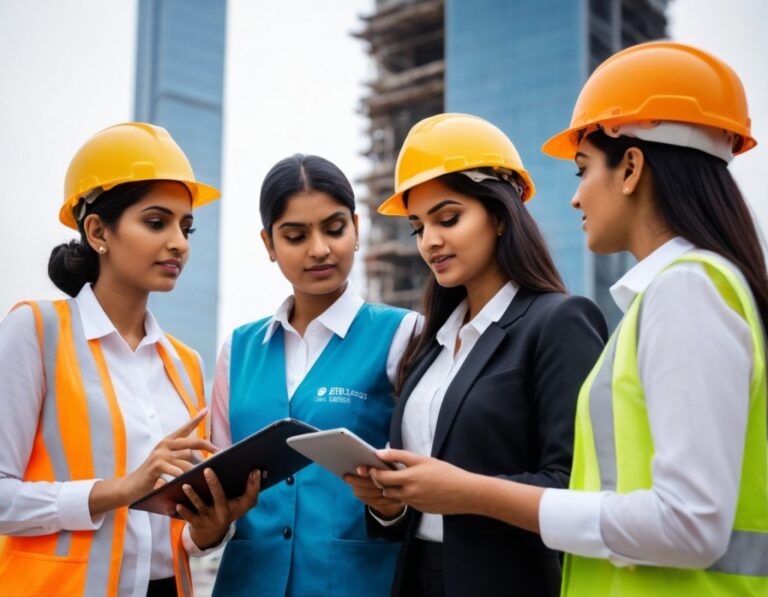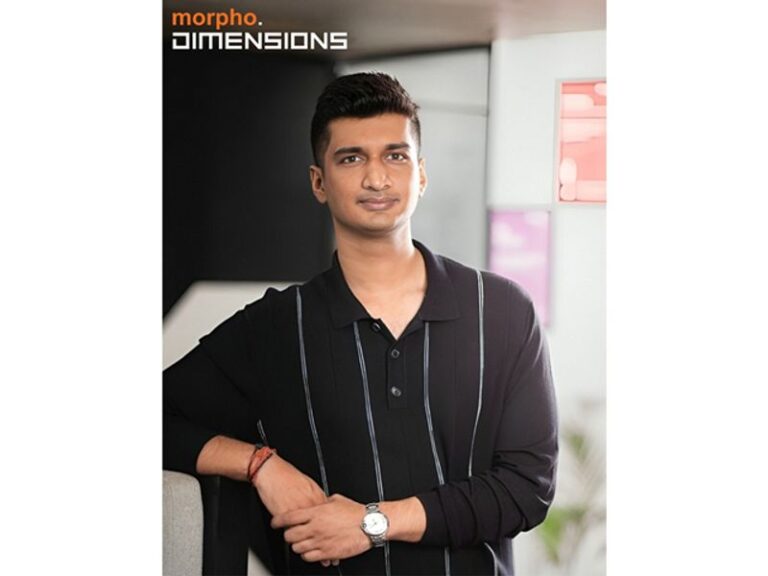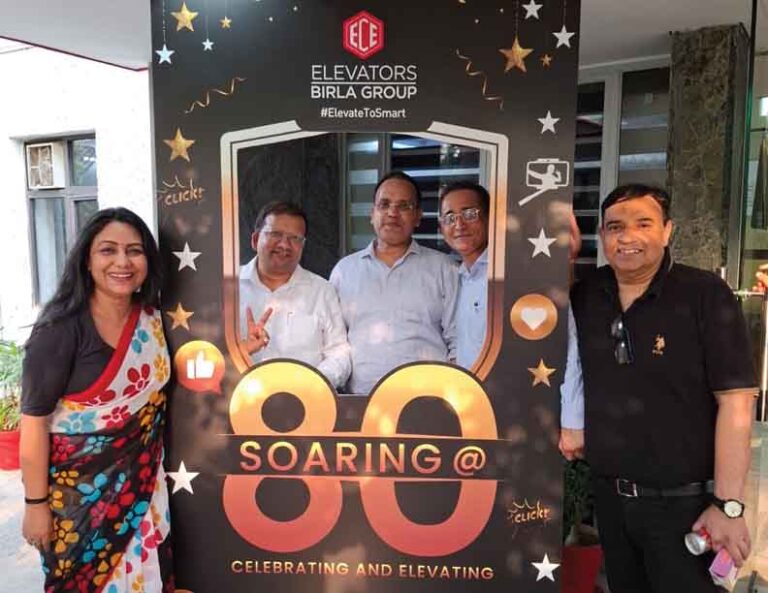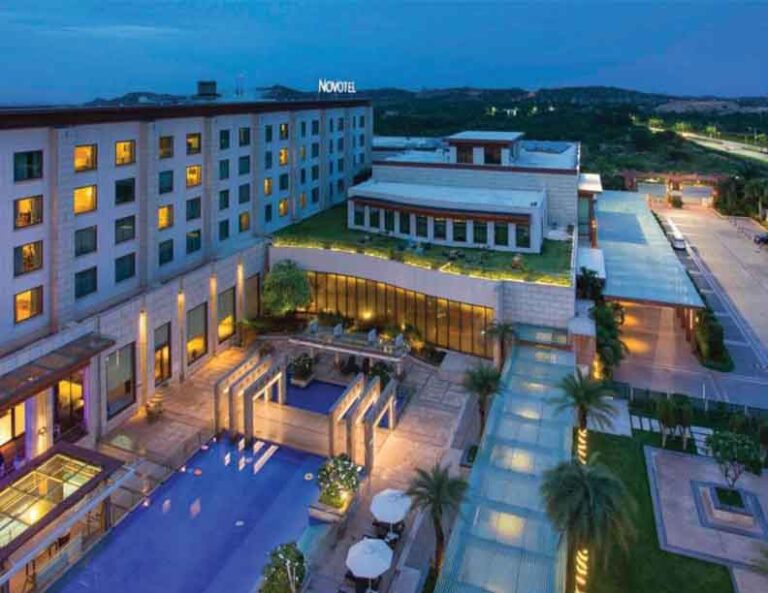A New Era of Visible Functionality
Once banished behind walls and beneath floors, plumbing has reemerged—not as a background necessity, but as a conscious architectural choice. In an age where industrial design is celebrated, and form must follow function in the most literal ways, pipes, valves, and fixtures are no longer just utilitarian components; they are design features in their own right. From exposed copper piping in luxury lofts to sculptural plumbing systems in modern public spaces, plumbing has transitioned into the spotlight.
This daring aesthetic change is more than just a fad; it’s a reflection of broader architectural trends, such as modularity, sustainability, transparency in construction, and an appreciation of genuine materials
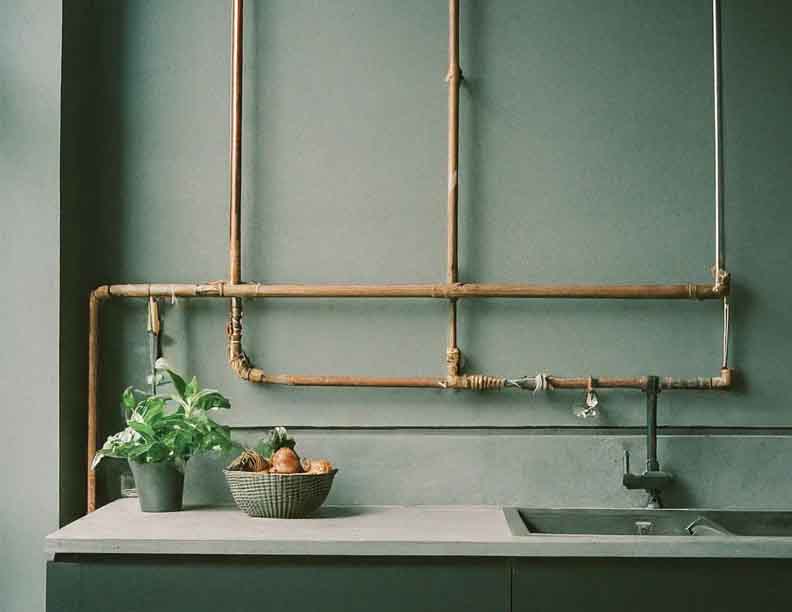
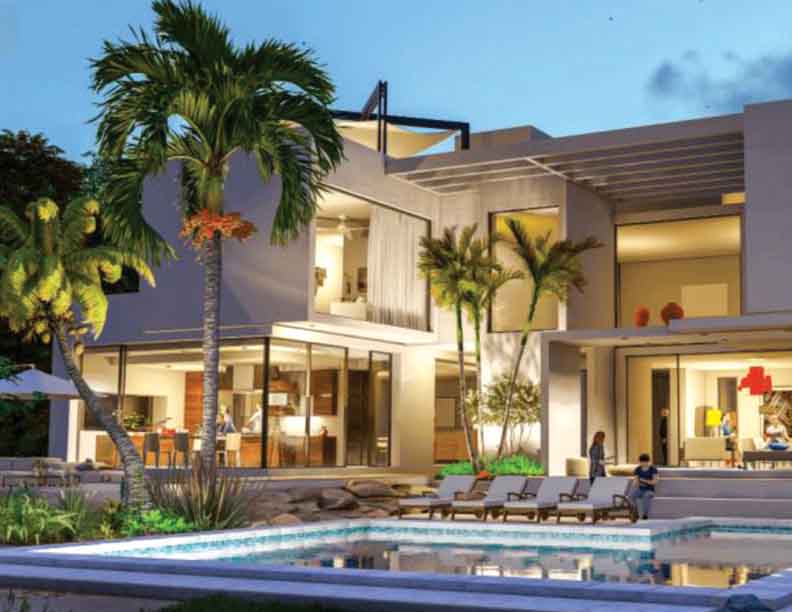
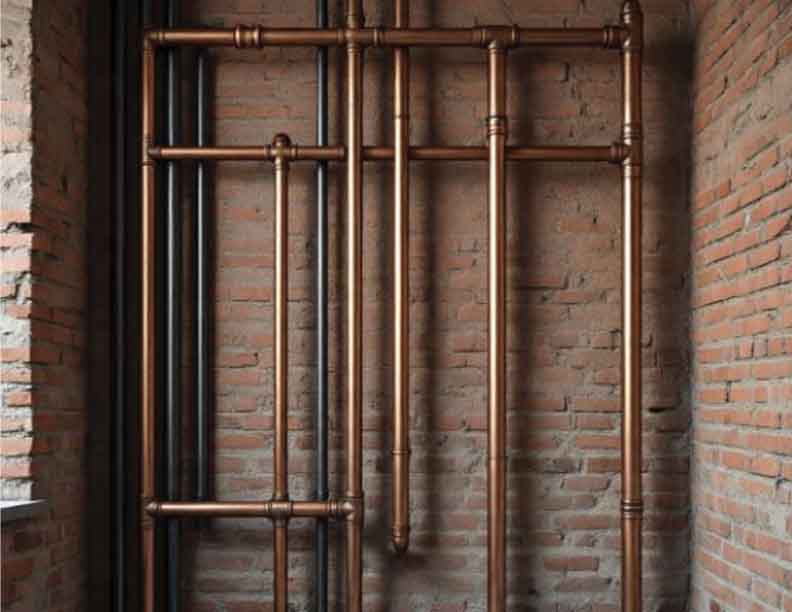
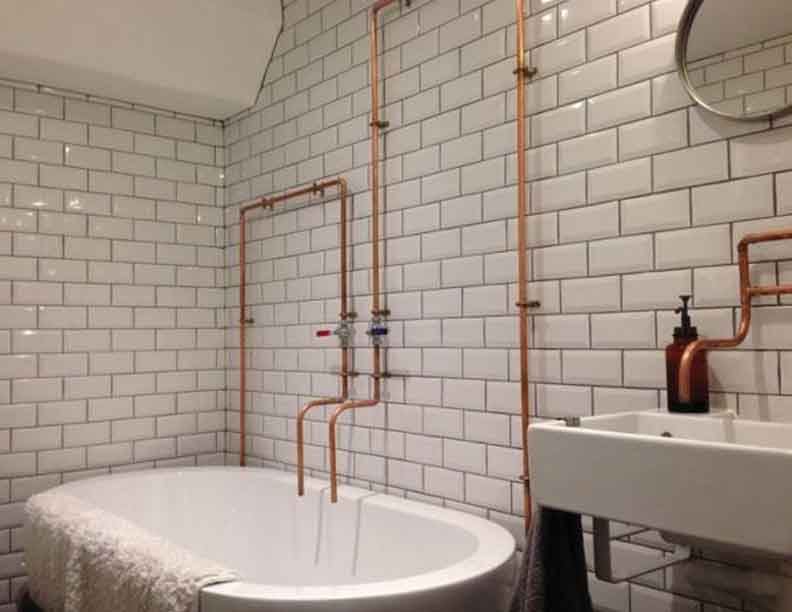
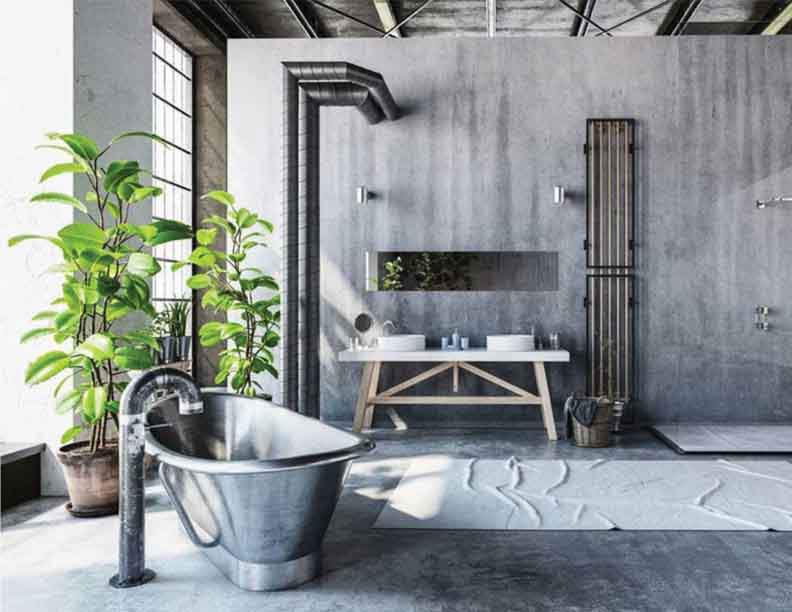
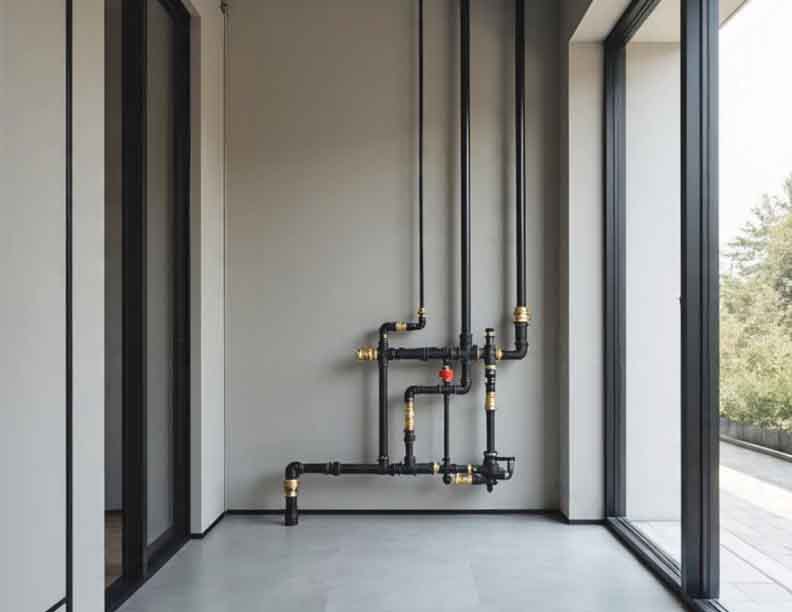
Rise of Exposed Plumbing in Interior Architecture
The industrial revival, which gained momentum in the early 2000s, paved the way for exposed mechanical and plumbing systems to take center stage. Architects in urban settings, particularly those working with converted warehouses and factories, began highlighting structural and service elements—exposed brick, ducts, beams, and of course, pipes.
Exposed plumbing became a defining characteristic of boutique hotels, open-concept offices, and creative co-living spaces. Designers leveraged the texture, shine, and geometric linearity of pipework to create visual interest, especially in bathrooms and kitchens.
Today, materials like brushed brass, matte black steel, stainless steel, and raw copper are not just performance choices—they’re part of a room’s palette.
Why Aesthetic plumbing is important?
Aesthetic plumbing is a cornerstone of brilliant architecture, transforming mundane utility into a powerful design statement that elevates form, function, and experience. No longer confined to hidden conduits, thoughtfully designed plumbing—whether through sleek, minimalist fixtures, bold exposed piping, or sculptural water features—can define a space’s character, much like lighting or materiality. In luxury residences, hotels, and public buildings, the deliberate choice of materials—copper, brass, or even transparent glass for pipes—adds texture and rhythm, turning functional systems into visual narratives. Water itself becomes a dynamic design medium, with cascading faucets, reflecting pools, and rainwater chains creating movement, sound, and tranquility.
Beyond beauty, visible sustainable plumbing, such as rainwater harvesting systems, communicates environmental ethics, making conservation tangible. From India’s ancient stepwells to contemporary high-rises, plumbing has always held cultural and artistic weight; today, architects harness it to blend tradition with innovation, proving that even the most utilitarian elements can inspire awe when designed with intention. Truly great architecture doesn’t just hide infrastructure—it celebrates it.
Design Meets Engineering: A Coordinated Vision
Early collaboration between architects, plumbing consultants, and interior designers is essential for plumbing to function as a visual element. Routing must be intentional. Fixtures must be chosen for both their aesthetic compatibility and performance. Brackets, joints, and valves are now integrated into the composition rather than being hidden.
This interplay between technical necessity and visual form has opened up opportunities for collaboration. Architecture firms like Studio Mumbai, Matra Architects, and international players such as Olson Kundig or OMA, often incorporate plumbing into the material narrative of the space—especially in minimalist or industrial-style projects.
Exposed Plumbing as Industrial Aesthetic
Once hidden behind walls, exposed plumbing has emerged as a bold design statement, particularly in industrial and loft-style spaces. Copper pipes, brushed steel fixtures, and intricate valve arrangements are now celebrated as sculptural elements, adding raw authenticity to interiors. This trend not only embraces functionality but also transforms utilitarian systems into visual narratives of a building’s inner workings—bridging the gap between mechanical necessity and artistic expression.
Water Features as Architectural Focal Points
Plumbing is being reinvented as dynamic architectural art, from sleek, wall-mounted waterfall faucets to cascading rainwater chains. In order to create meditative, sensory experiences, designers are incorporating water elements into living rooms, courtyards, and facades. These characteristics make it difficult to distinguish between installation and infrastructure, demonstrating that plumbing has just as much influence over the atmosphere of a space as materials or lighting.
Sustainable Systems as Visible Design Ethics
Forward-thinking architects are showcasing eco-conscious plumbing—like rainwater harvesting tanks or greywater filtration systems—as symbols of sustainability. Transparent piping, glass-enclosed treatment units, and color-coded conduits turn environmental responsibility into a visual manifesto. This approach not only educates occupants but also celebrates the beauty of circular design, where every pipe and pump tells a story of resourcefulness.
Residential Trends: From Industrial Chic to Everyday Aesthetics
Plumbing design is becoming a statement in homes, especially in contemporary villas and apartments in the city. A raw, open aesthetic is influenced by wall-mounted basins with sleek, exposed trap systems, open rain showers with visible overhead piping, and freestanding bathtubs with exposed floor-mounted taps.
Simplicity is essential in Scandinavian and Japanese interior design, but this simplicity depends more and more on precisely aligned, finely detailed visible plumbing.
In India, brands like Jaquar, Kohler India, and Grohe are offering designer collections of fittings where visual appeal is a core focus. These are being picked not just by homeowners, but also by architects designing high-end homes or boutique hospitality spaces.
Materials & Finishes: The Plumbing Palette Evolves
Today’s architects can choose from a wide variety of finishes, including matte white, gunmetal, antique brass, rose gold, and brushed nickel. Each of these infuses the room with a distinct personality.
High-end design is increasingly using copper piping, which ages beautifully over time and is frequently left unpainted. In addition to its aesthetic qualities, copper has antimicrobial properties, which is useful in today’s hygienic society.
Despite being historically employed for their thermal efficiency, black PEX piping and CPVC systems are now being incorporated into visible areas in modern design contexts, particularly in minimalist, all-black interiors.
Cultural Shifts: From Utility to Statement
Why this shift? Part of it stems from a broader societal move toward authenticity and transparency. Just as buildings now expose their structure, so too do they reveal their services. It’s an embrace of the ‘honest building’ philosophy.
In high-tech architecture and contemporary art galleries, plumbing has even taken a sculptural turn. Pipes loop, stack, and spiral into abstract forms while still functioning perfectly—bringing art and engineering into poetic alignment.
The Green Factor: Sustainability Through Plumbing Design
Sustainability is also playing a role. Visible systems allow for easier inspection, maintenance, and even behavioral awareness. Transparent rainwater harvesting systems, visible greywater recycling units, and solar-heated piping are part of the growing eco-tech aesthetic. Projects like the CSE’s Green Building in New Delhi or CEPT University’s experimental labs in Ahmedabad have integrated plumbing and services visibly as part of their green education and showcase approach.
Challenges: Aesthetic vs. Practical
While visible plumbing offers strong visual value, it demands high precision in execution. Pipes must be perfectly aligned, wall penetrations must be clean, and the entire system must remain accessible yet safe.
Thermal expansion, condensation, and acoustic issues must be addressed carefully. Architects often collaborate with mechanical engineers and craftsmen to ensure aesthetics never compromise durability or performance.
A Future of Plumbing-Centric Design?
The future seems promising. With increasing modularity, architects are rethinking service cores and exploring plug-and-play plumbing pods in housing, student hostels, and even hospitals. Companies are developing pre-finished plumbing kits that are both decorative and efficient.
Design schools are also taking note. Plumbing design is no longer a footnote in construction training; it’s becoming part of the architectural design discourse.
Conclusion
In today’s architectural language, what was once meant to be hidden is now being celebrated. Plumbing, long relegated to the unseen, has found its place in the visual narrative of design. As materials, technologies, and attitudes evolve, so does our relationship with infrastructure. The pipe is no longer just a vessel—it’s a vision.
“Plumbing is the sculpture of the modern age. When you expose pipes, you’re not just showing how the building works—you’re revealing its soul.”
— Tom Kundig, FAIA, Principal of Olson Kundig Architects
“Water is architecture’s most poetic collaborator. A well-designed pipe isn’t just functional; it’s a brushstroke in the story of a space.”
— Patricia Urquiola, Industrial Designer
“Sustainability isn’t invisible. When we design with exposed rainwater systems or glass-walled plumbing, we’re making ethics tangible.”
— Jeanne Gang, FAIA, Studio Gang
“In India, where water is sacred, plumbing isn’t just utility—it’s ritual. A well-crafted tap or a visible copper pipe can be as expressive as a temple sculpture.”
— BalkrishnaDoshi, Pritzker Prize-winning architect
“Why hide pipes when they can tell a story? In our projects, exposed plumbing celebrates honesty—showing the veins of a building just as our skin shows life’s wrinkles.”
— Rahul Mehrotra, Architect & Professor at Harvard GSD
“Traditional stepwells taught us that water infrastructure is art. Today, we design plumbing not just to serve, but to mesmerize—like a modern-day baoli.”
— AnupamaKundoo, Architect



